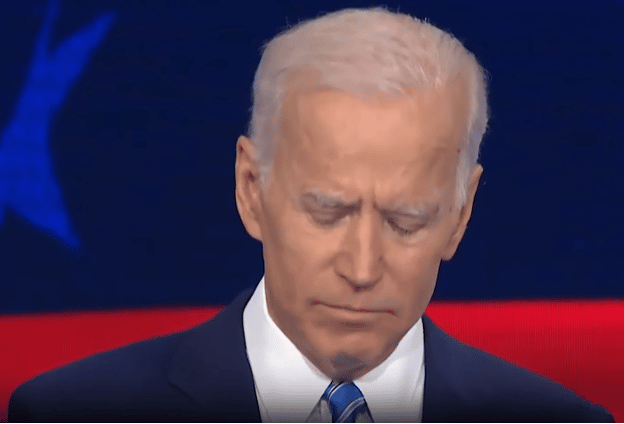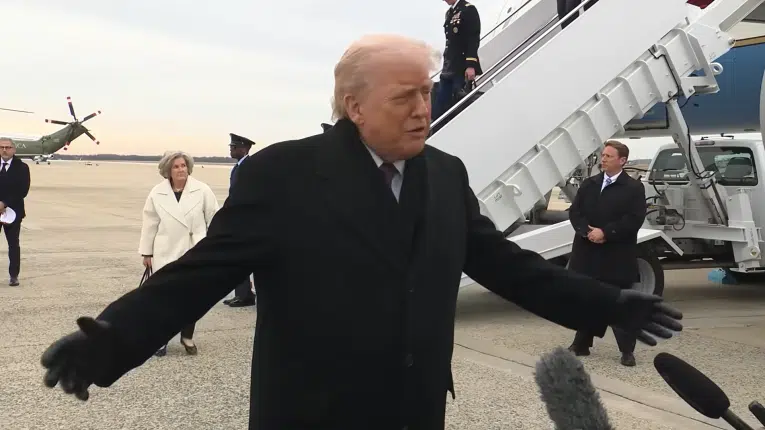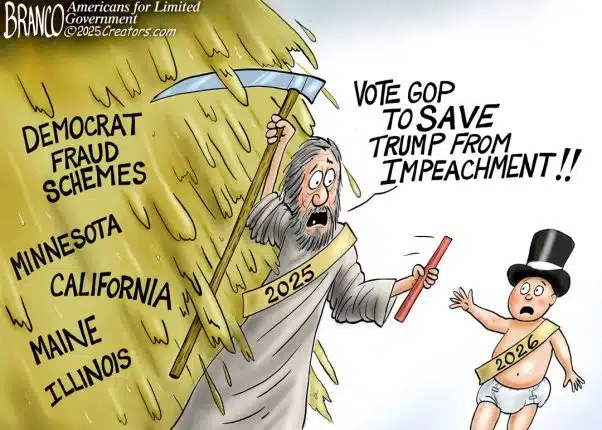
The Federal Reserve is still placing a “significant probability of a recession occurring by the end of 2024,” according to the minutes of its July 25 to July 26 meeting of the Board of Governors that was released Aug. 16.
“Respondents to the Open Market Desk’s Survey of Primary Dealers and Survey of Market Participants in July continued to place significant probability of a recession occurring by the end of 2024. However, the timing of a recession expected by survey respondents was again pushed later, and the probability of avoiding a recession through 2024 grew noticeably.”
That is slightly more optimistic than in June when it had projected that “the effects of the expected further tightening in bank credit conditions, amid already tight financial conditions, would lead to a mild recession starting later this year, followed by a moderately paced recovery. Real GDP was projected to decelerate in the current quarter and the next one before declining modestly in both the fourth quarter of this year and first quarter of next year.”
Unemployment is still near record lows, currently at 3.5 percent in July and the Fed in June projected it to keep rise steadily to 4.1 percent this year and up to 4.5 percent in 2024, an implied 1.3 million jobs losses between then and now.
Now, the Fed says “real GDP growth had continued to exhibit resilience in the first half of the year and that the economy had been showing considerable momentum. A gradual slowdown in economic activity nevertheless appeared to be in progress, consistent with the restraint placed on demand by the cumulative tightening of monetary policy since early last year and the associated effects on financial conditions.”
More updated economic forecasts will come out later this year with more Fed meetings.
In the meantime, rather than a recession potentially striking at the beginning of 2024, now the central bank is looking towards either mid-to-late 2024, when it foresees that “a period of below-trend growth in real GDP and some softening in labor market conditions [is] needed to bring aggregate supply and aggregate demand into better balance and reduce inflation pressures sufficiently to return inflation to 2 percent over time.”
As a result, “there continued to be downside risks to economic activity and upside risks to the unemployment rate” arising from the regional bank crisis and the overall disinflation that has been taking place.
But with a recession being potentially postponed, that means inflation could be heating up again and might mean further interest rate hikes by the central bank and other tightening, which might further weigh on the economic outlook going forward if not changing the timing of a slowdown or downturn: “Risks to the staff’s baseline inflation forecast were seen as skewed to the upside, given the possibility that inflation dynamics would prove to be more persistent than expected or that further adverse shocks to supply conditions might occur. Moreover, the additional monetary policy tightening that would be necessitated by higher or more persistent inflation represented a downside risk to the projection for real activity.”
Indeed, as of July prices had climbed 3.2 percent the past twelve months, up from 3 percent in June, amid increasing oil prices and a weakening dollar, according to the latest data from the Bureau of Labor Statistics.
Prices had cooled to 4.9 percent in April, 4 percent in May and 3 percent in June, following the price surges of 2021 and 2022, when consumer inflation first rose above 5 percent annualized in June 2021 to 5.4 percent, up to 7.5 percent by Jan. 2022 immediately prior to Russia’s invasion of Ukraine, and peaking at 9.1 percent in June 2022.
On Aug. 9, President Joe Biden was touting the turnaround at a campaign reception in Albuquerque, N.M., stating “We’re in a situation where inflation is the lowest in two years — at 3 percent…” That was a day before the Bureau of Labor Statistics reported the uptick in prices.
Ironically, if Biden is hoping for a downtick in prices, that could mean a recession comes sooner rather than later, even as he resisted such an outlook in a separate speech the same day, “unemployment is down and so is inflation. Remember all the experts, including some that worked for me, told us that to get inflation under control we needed to lower wages and reduce the number of people working. No, I’m — that — that’s been sort of gospel… Not a joke. Seriously. Some of you here in the audience are economists. You know that.”
Biden added, “But I never bought it — the problem was too many people are working or working people are working — making too much money. That’s not the problem.”
But Biden could just be denying reality or hoping for the best. Again, the Fed in its outlook stated “a period of below-trend growth in real GDP and some softening in labor market conditions [is] needed to bring aggregate supply and aggregate demand into better balance and reduce inflation pressures…” That’s because in the past that’s one of the only things that has worked in the near term.
What the Fed is not saying is that, over the longer term, another way to reduce prices, besides decreasing demand, as usually occurs in a recession or economic slowdown, would be to boost production and the supply of goods and services. For example, that would mean more oil, coal and gas production to bring down energy prices, utilizing more farmlands currently protected in federal conservation programs to bring down food prices, and so forth.
Biden noted the problem in his speech, citing “broken supply chains” as a factor in the inflation, and yet the current administration appears to have little intention to boost energy and food production significantly. The Fed did not even consider it as a possibility.
So, instead we’re left with a recession or an economic slowdown, however imminent it is, as the surest way to cool off the inflation, as the 2024 presidential election fast approaches and, before that, the potential for more sticky inflation. Both loom like swords over Biden’s reelection hopes as he seeks to avoid becoming the next Jimmy Carter, George H.W. Bush and Donald Trump, who all lost their reelection bids thanks in part to recessions. Like his predecessors, however, Biden might not get to choose his poison. Stay tuned.
Robert Romano is the Vice President of Public Policy at Americans for Limited Government Foundation.






